We would venture to guess that nearly every weed user has experienced a high that’s been anything but comfortable.
The good news is that this is not going to happen if you keep your marijuana dosage in moderation. The uneasy feeling of anxiousness, paranoid behavior, and other side effects are always caused by consuming too much THC.
Whether you smoke, vaporize, or ingest cannabis orally, we always recommend starting low and slow instead of drawing the big guns out right away — especially if you’re new to the herb.
So, what marijuana dosage is enough to enjoy the high and medical benefits while avoiding the above side effects?
That’s a tricky question because many factors come to play in terms of how your endocannabinoid system reacts to THC, CBD, and other compounds in weed.
Figuring out the optimal marijuana dosage may involve some trial and error, but you can use the guide we’ve prepared to, at least, get a decent starting point for your future experiments.
Marijuana Dosage: A Brief Overview
Before we get down to business, let’s have a look at some marijuana dosing-related facts in the first place:
- Marijuana can be an effective medicine at a wide range of doses. There’s no fixed dosage that would work for everyone;
- The majority of the plant’s therapeutic properties depends on how a person reacts to THC, the psychoactive compound;
- You don’t have to smoke marijuana or get high to benefit from medical cannabis;
- CBD is the second major cannabinoid in marijuana; it doesn’t have psychoactive properties, is safe for human consumption, and sometimes necessary to balance the intoxicating effects of THC.
- Full-spectrum marijuana extracts that contain THC and CBD in different ratios call for lower doses to take effect.
- Sometimes, lower doses of marijuana are more effective medicinally than higher doses.
- A greater ratio of CBD to THC means less of the high.
- Cumulative doses of THC — around 20-30mg daily — or a single dose of 10+ mg may cause adverse effects.
- It’s best to start low and gradually work your way up to the sweet spot;
- Consuming as little as 2.5mg of THC per session can provide symptom relief without making a person feel high or stoned.
- It’s impossible to fatally overdose on marijuana.
Different Types of Marijuana Strains (By Cannabinoid Content)
The key to successful treatment with cannabis is to learn how to manage its psychoactive properties.
While some people enjoy getting high, others — especially those sensitive to THC — may not handle those effects very well.
For such users, high-THC strains may be risky as they produce more potent high than their balanced or CBD-dominant varieties.
Generally speaking, there are three types of resin-rich marijuana:
- THC-dominant — such strains are high in THC and low in CBD. They are loved by recreational users, but they also can bring significant relief to patients suffering from chronic conditions;
- CBD-dominant — these varieties contain high concentrations of CBD and low amounts of THC; they are sourced from selectively bred marijuana strains or hemp plants;
- THC & CBD — flowers with the even ratio of THC to CBD; they are psychoactive, but not as edgy as their THC-dominant counterparts.
Some rare cannabis cultivars are bred to express the so-called minor cannabinoids, such as CBG and THCV; however, such strains are currently not available for patients.
The THC-to-CBD ratio must be your top priority when determining our marijuana dosage.
Where to Start With Dosing Marijuana?
When trying marijuana for the first time, start with baby steps. You can always consume more, and going all-in right at the very beginning is a beeline for triggering the side effects.
As you become familiar with the effects of marijuana and your tolerance to THC, the dosage will become easier. But, if you really feel uncertain about the amount of weed you need to consume to relieve symptoms without getting anxious or couch-locked, we suggest that you try micro-dosing.
What Is Microdosing?
Contrary to what some people believe, you don’t need to get high to attain symptom relief.
Preclinical studies indicate that small doses of THC can provide medical benefits without inducing psychoactive effects. A low dose of THC (1mg taken daily) resulted in “significant inhibition of disease progression” in animal models of atherosclerosis, according to Nature’s report from 2005. The effective dose appears to be lower than the one typically associated with intoxicating effects of THC.
With the progressing legalization of marijuana across the world, we may soon expect new studies — this time performed on human models — on the effectiveness of microdosing marijuana in treating different medical conditions.
When used recreationally, microdosing cannabis can boost creativity, increase bottom-line energy levels, and enhance the cognitive performance without causing your eyelids to drop.
Marijuana Dosage Guidelines By Consumption Method
In this section, we map out the essentials of smoked, ingested, vaporized, and topical marijuana dosing. Some of these consumption methods make it easier to control the dosage than others, mainly due to the time they need to start acting.
Smoking
Smoking marijuana can be felt almost immediately, so dosage control is relatively easy compared to other methods, such as edibles, for example.
Novice smokers need around one or two inhalations from a pipe, bong, joint, or blunt to feel THC’s potency. Those with a higher tolerance level will require more dry flower to get high.
0.25 grams of marijuana — a quarter-gram joint or a small pipe — is best suited for light smokers. Those who want to play their game completely safe can use a one-hitter to enjoy weed without feeling overwhelmed by the high.
Quantities of 1 gram and up are made for heavy smokers and larger groups. In this case, you may want to generously load your bong or grab that long-awaited pack of king-sized rolling papers.
Vaporization
Vaporization involves heating cannabis products to a selected temperature, causing the herb to release its cannabinoids and terpenes in the form of vapor.
Vaping weed doesn’t combust your plant material, so you actually need less marijuana to get high or experience the medical benefits. As compared to smoking, vaporization delivers up to 80% of the cannabinoid content to your bloodstream — smoking, in turn, brings only 25%.
Once again, new users will only need a few puffs from a vaporizer, while savvy consumers will require a longer session with their device.
Dry herb vaporizers typically come with two chambers: a half-pack and a full-pack. The half-pack is enough to fit around 0.2 g of ground weed, while the full-pack can hold up to 1 gram.
Edibles
“Edibles” is an umbrella term to define different cannabis foods and drinks. Because the cannabinoids in edibles have to pass through the gastrointestinal tract, the onset time may be delayed between 30 to 90 minutes depending on your weight, metabolism, and the concentration of THC in your edible products.
For new consumers, it’s best to start with a dose of 1-5mg of THC. Be careful: don’t rush another marijuana-infused brownie until you feel the first one kicking in.
Once you know what the above dosage feels like, you can increase it to 10 mg, which is considered an average serving size.
Doses of 10+ mg are for those with high THC tolerance or specific medical needs. However, users having such high THC requirements are advised to keep some CBD at hand in case the psychoactive effects became overwhelming.
Tinctures
A tincture is a concentrated liquid form of cannabis that is typically applied under the tongue with a dropper. Marijuana tinctures have been designed with medical users in mind — they are rarely (if ever) used for recreational purposes.
When it comes to marijuana dosage for tinctures, a dose of 2-4 drops (1-3 mg) should be enough for a start. You can expect the first effects within 15-30 minutes after the administration. If they fail to arrive after the first application, feel free to follow through with several extra drops.
Topicals
Marijuana-infused topicals can be particularly useful for fighting localized pain and inflammation. Even if a topical product contains activated THC, the compound won’t be able to reach the bloodstream through the skin, affecting only the CB2 receptors in the skin tissues. Given this, cannabis topicals are mostly non-psychoactive; there’s little risk of overdoing them.
Transdermal Patches
Transdermal marijuana patches are the only topicals that can make you feel high. They come in different strengths, typically ranging from 10 mg to 20 mg of activated cannabinoids.
Once you apply the patch, the cannabinoids will be absorbed into the bloodstream, with first effects being noticeable within 15 to 60 minutes.
If you’re new to transdermal patches, we recommend starting at a lower potency; it will make room for adjustments should the dose prove insufficient.
Dabs
Dabs refer to cannabis concentrates that can be consumed through flash vaporization.
In simple terms, a dose of cannabis concentrate is dropped onto a heated nail — or into the chamber of a vaporizer — and inhaled immediately.
While dried marijuana flowers typically come with anywhere between 15 to 30% of THC, concentrates are much more potent, elevating the THC content to 90% and up.
Concentrates are typically purchased in gram or half-gram containers. Of course, this doesn’t mean you should consume the entire content at a time. On the contrary, an average dose of cannabis concentrate is much smaller, typically around 0.1 – 0.2 g per session.
What Happens When You Consume Too Much Marijuana?
Marijuana is a safe and forgiving medicine. The possible side effects are ridiculously mild compared to those induced by a wide range of globally acknowledged, pharmaceutical drugs.
Marijuana users commonly report such side effects as:
- Dryness in the mouth (also known as the cottonmouth, or the pasties)
- Dry, red, and itchy eyes
- Dizziness
- Lack of motivation
- Confusion
- Anxiety
- Decreased blood sugar levels (or ‘greenouts’)
Anxiety is the least comfortable of the above reactions and is closely related to your marijuana dosage. Consuming too much THC at once, or over an extended period of time, may give rise to racing thoughts and feelings of unease, even though users often can’t precisely define the reason for their anxiety.
That’s because THC mimics the chemical structure of anandamide, the body’s naturally produced cannabinoid responsible for controlling a wide range of vital functions, including fear-coping mechanisms.
At low doses, THC can effectively curb anxiety and make users more relaxed, sometimes even tranquil. However, higher doses can fool the brain to think that more anandamide is being produced, signaling an incoming danger.
Fortunately, the THC-induced anxiety doesn’t last long and you can handle it by redirecting your thoughts to some pleasant memories, talking to your friends about how you feel, or taking several deep breaths to calm the nerves.
Bottom Line
The complex nature of the marijuana plant and the way it interacts with our endocannabinoid systems makes it impossible to figure out a uniform dosage that would meet everyone’s requirements.
There are many factors coming into play when it comes to dosing weed. From your body’s unique chemistry to metabolism to your lifestyle — these seemingly small elements can heavily impact your final experience.
Some people are less sensitive to THC than others, and thus, they can enjoy high-THC marijuana strains along with their whole psychoactive potential. Others, on the contrary, don’t handle these effects very well.
Then, there’s also your go-to consumption method. Are you going to smoke your marijuana in a joint? Or do you want to deliver the cannabinoids through vaporization? Maybe you have a sweet tooth today, huh? You’ll need different doses depending on how you want to enjoy the weed.
All in all, figuring the optimal marijuana dosage for yourself takes some trial and error. You might as well fail to reach the sweet spot at the beginning and end up feeling uncomfortable and anxious, but hey — we all learn from our mistakes.
What marijuana dosage works best for you? Do you have any favorite consumption methods or dosing tricks you’d like to share with the community?
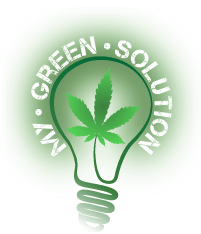

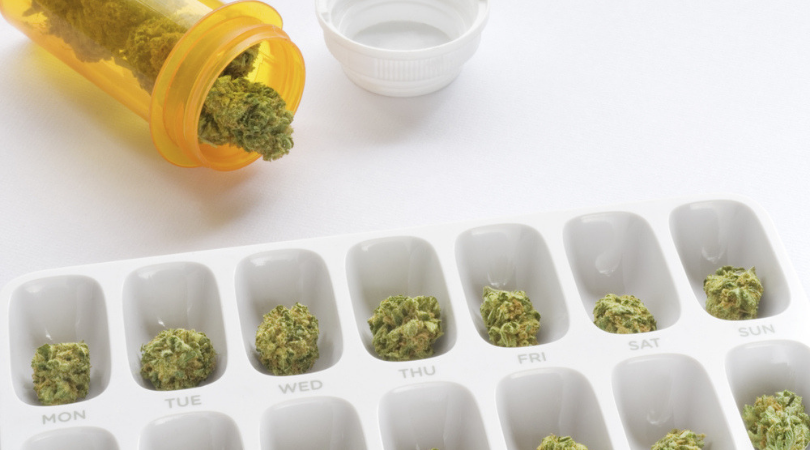
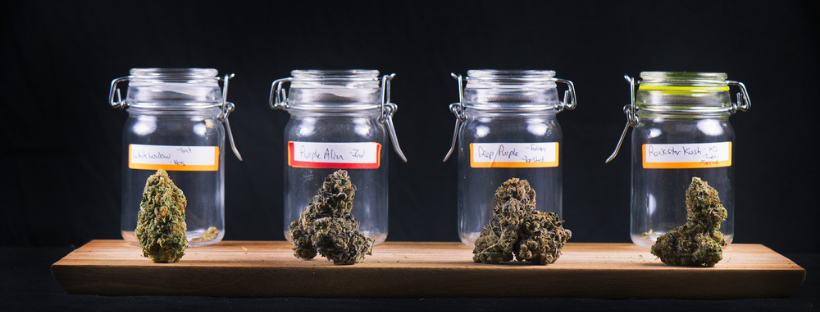
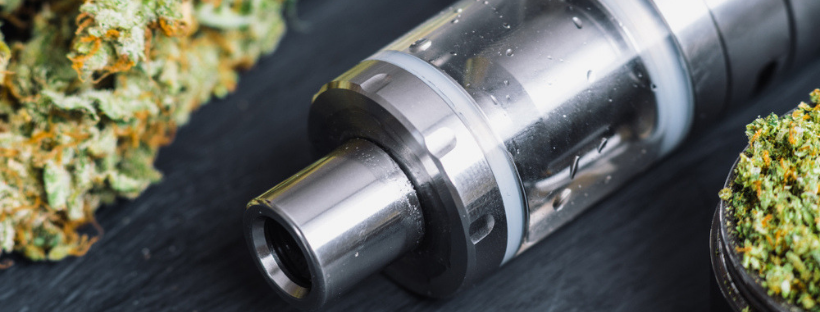
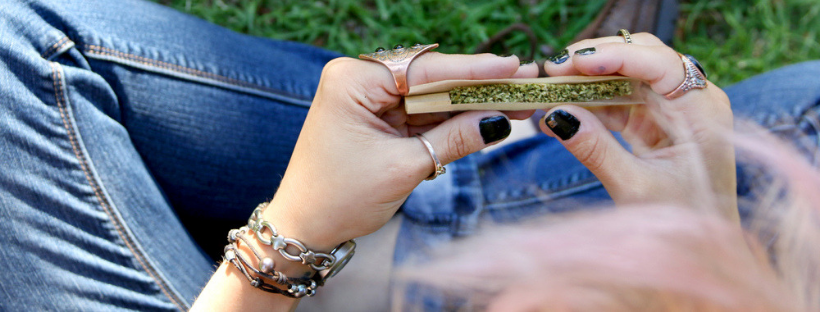
One thought on “Marijuana Dosage Guide”